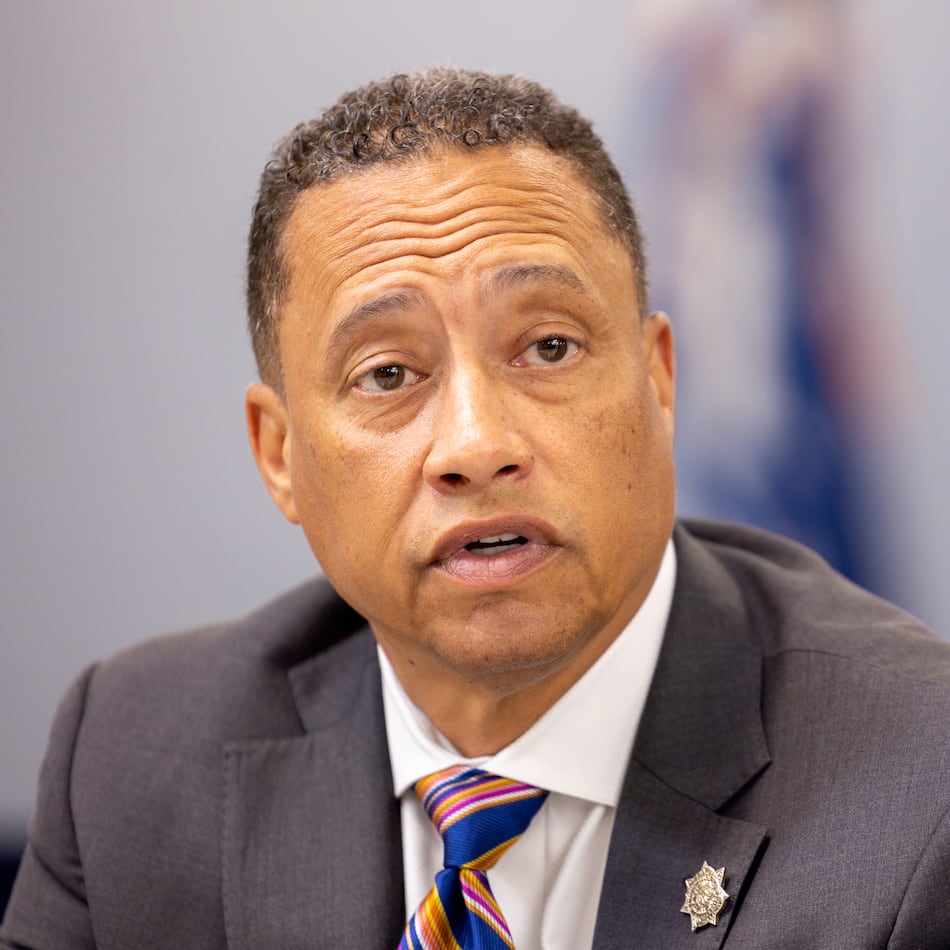While solar energy has grown in popularity in recent years, there’s one group you might not have expected to be making the shift: churches and other religious facilities.
Dunwoody United Methodist Church this month celebrated the installation of a 152-kilowatt solar energy system. It established a Solar Energy Procurement Agreement with Georgia BRIGHT, which uses federal tax credits and grants to allow nonprofits and low-income or disadvantaged homeowners to access solar leases without up-front costs.
The system, which was installed by Sunpath Solar, is expected to generate 22% of the church’s annual energy needs, saving the church approximately $14,300 each year. Over the system’s lifetime, it is expected to prevent the release of more than 3,179 tons of carbon dioxide.
Credit: Jason Getz / Jason.Getz@ajc.com
Credit: Jason Getz / Jason.Getz@ajc.com
“I am proud of our church and our community for taking this step,” Rev. Kathy Brockman of DUMC said. “I’m glad to see that we’re doing something about taking care of the planet.”
DUMC is the latest in a trend of Georgia churches and other religious institutions installing solar and embracing the alternative energy form.
In April, the African Methodist Episcopal Church Sixth District announced a new clean energy program to create microgrids, including solar panels, at churches across Georgia. Last year, the Vicars Community Center, run by Community Church Atlanta, installed a system expected to cut energy costs by 85%, allowing the “community resilience hub” to put that money toward other supportive programming. In 2023, First African Baptist in Savannah also launched efforts to explore a microgrid.
Besides Georgia BRIGHT, another major player in this movement toward solar is Georgia Interfaith Power & Light and its Solar-Wise program, a faith-based environmental nonprofit that helps religious communities and institutions explore solar as a sustainable resource to cut costs and carbon emissions.
Through the program, GIPL meets with religious communities, helping them navigate the solar process and figure out a viable plan of action, according to GIPL Program Director Hannah Shultz. GIPL essentially acts as a liaison between congregations and the multiple solar installers the group works with, similar to Georgia BRIGHT.
Credit: Jason Getz / Jason.Getz@ajc.com
Credit: Jason Getz / Jason.Getz@ajc.com
According to Shultz, there are two main ways for religious groups to pay for solar systems. The first is to buy the system outright, which can be made easier through the $15,000, 0% interest solar loan GIPL offers. Once the system is up and running, these congregations can also benefit from the 30% federal tax incentive via a rebate.
The other option is to enter a Solar Energy Procurement Agreement, which is what DUMC did. In this case, a third party finances, owns and operates the solar system and sells the energy to the customer — in this case, DUMC — at a discounted rate. The third party gets the incentives and tax breaks. Fulton County is using this method in a partnership with Cherry Street Energy to place solar on several county facilities. Georgia BRIGHT currently has 12 completed SEPAs and six more in the works.
Fulfilling the mission
One of the motivations for several of the religious congregations embracing solar, including DUMC, is to fulfill their religion’s call to care for the environment, what Georgia BRIGHT Director Alicia Brown called “creation stewardship.”
Brockman said: “Part of the United Methodist core principles is to care for creation, and this is one way we felt like we could do that.”
This tenet isn’t limited only to Christianity, either, Shultz said.
“I think that this call to care for our common home, to care for God’s creation, is a mandate that’s shared by most major faith traditions,” she said.
Another draw is the decrease in monthly energy costs. Many religious facilities, like DUMC, rely on their members for funding. But utility rates have been increasing, adding pressure to find other ways to keep the lights on, Shultz said. Saving on energy bills allows money to go toward other congregation efforts and to draw less on people’s bank accounts.
“You start a church or you start a nonprofit because you have a mission that you care about ... You don’t start a nonprofit to spend money on electricity,” Brown said. “Every dollar that we can save a nonprofit on energy is a dollar than can be reinvested in their mission or in their staff.”
Policy discussions and their impact
Churches and other congregations were embracing solar before the 2022 Inflation Reduction Act — which established multiple federal incentives — and Shultz believes they will continue to do so even if those incentives go away, as is being considered in Washington.
The potential cuts to federal incentives for residential solar installations could slow solar development if the bill passes the Senate as it did in the House.
The pending threat of cuts to solar incentives has pushed multiple churches, nonprofits and residences to start the solar process so they can get things done in time to still take advantage of these benefits, according to Brown.
DUMC began its conversation about solar before the COVID-19 pandemic, but that and other delays pushed the bulk of the process to the past eight months, Brockman said.
Shultz acknowledged that the pending legislation would make investing in solar, especially paying up front, harder for congregations. But she sees this more as a reason for communities to explore other financing methods rather than a reason to abandon solar.
Tariffs could also have an effect. While China does control the majority of the supply chain, domestic production has seen a recent boost, especially here in Georgia. Nonetheless, some projects could be delayed or canceled because of trade and cost issues, according to a report released by data and analytics firm Wood Mackenzie and the Solar Energy Industries Association.
GIPL works with multiple installers — some using domestically-made products, some importing from China — so there isn’t a uniform impact they expect from tariffs. However, the way tariffs affect price estimates from various installers will likely influence who congregations choose to work with.
About the Author
Keep Reading
The Latest
Featured


